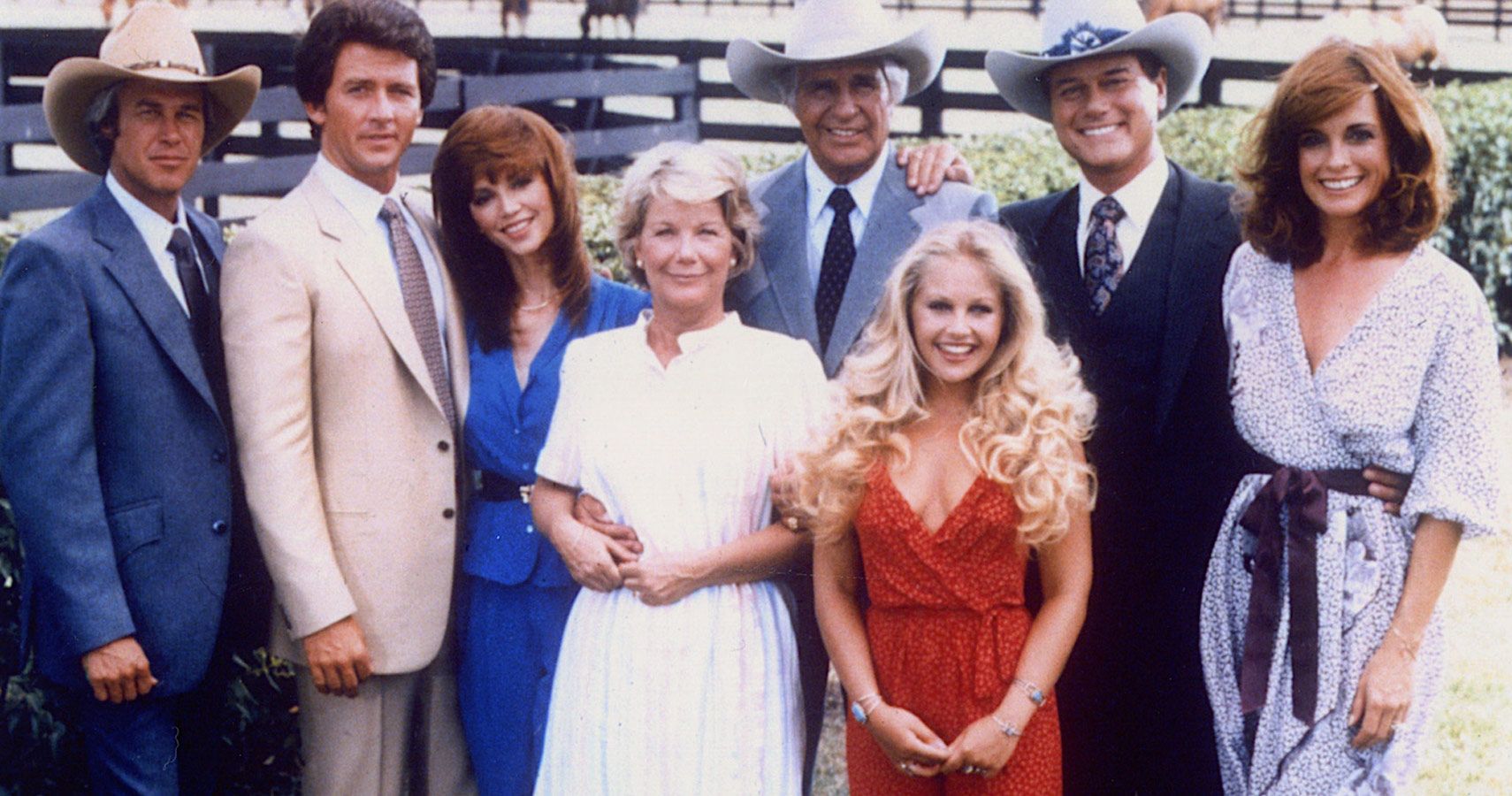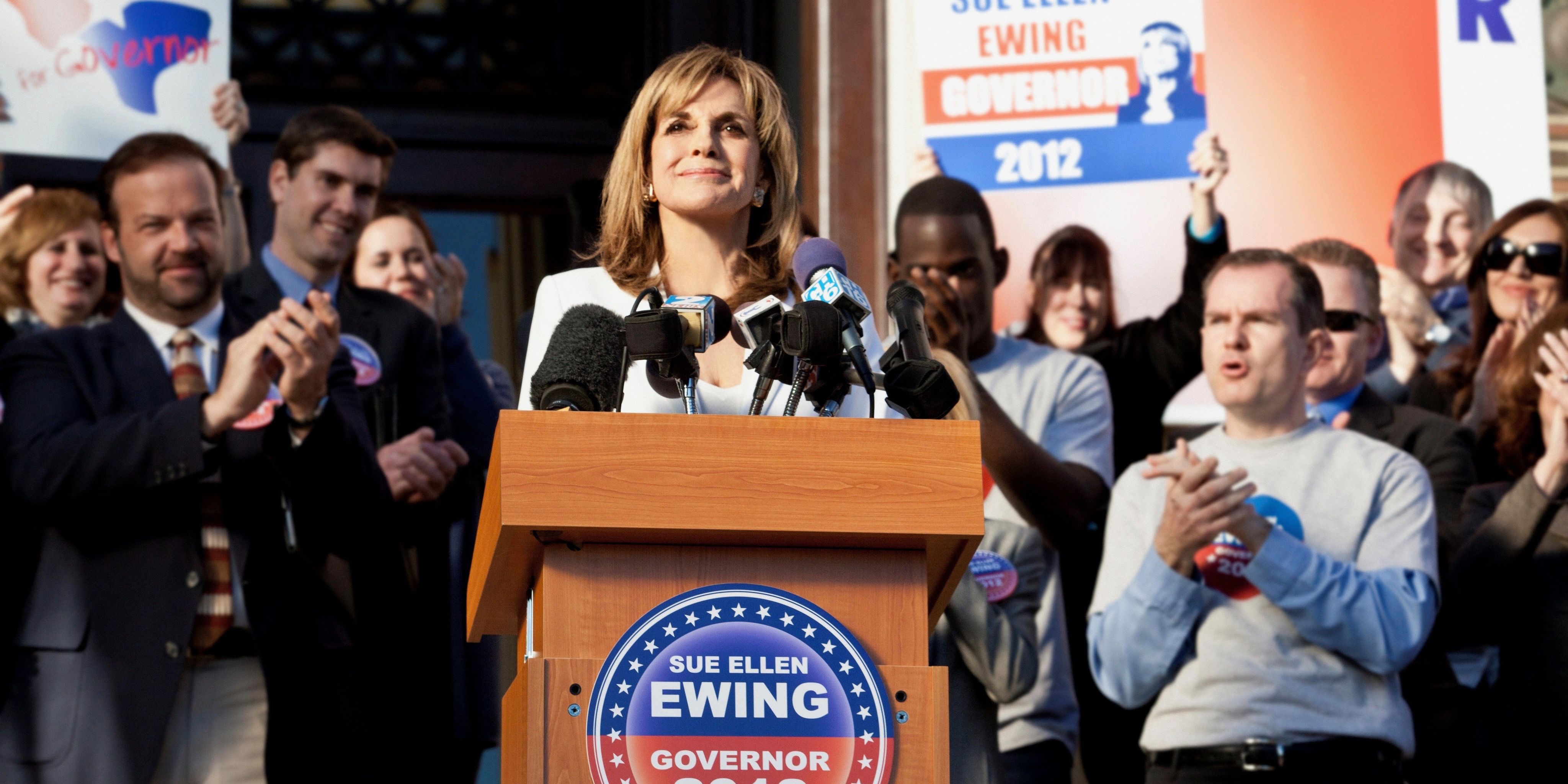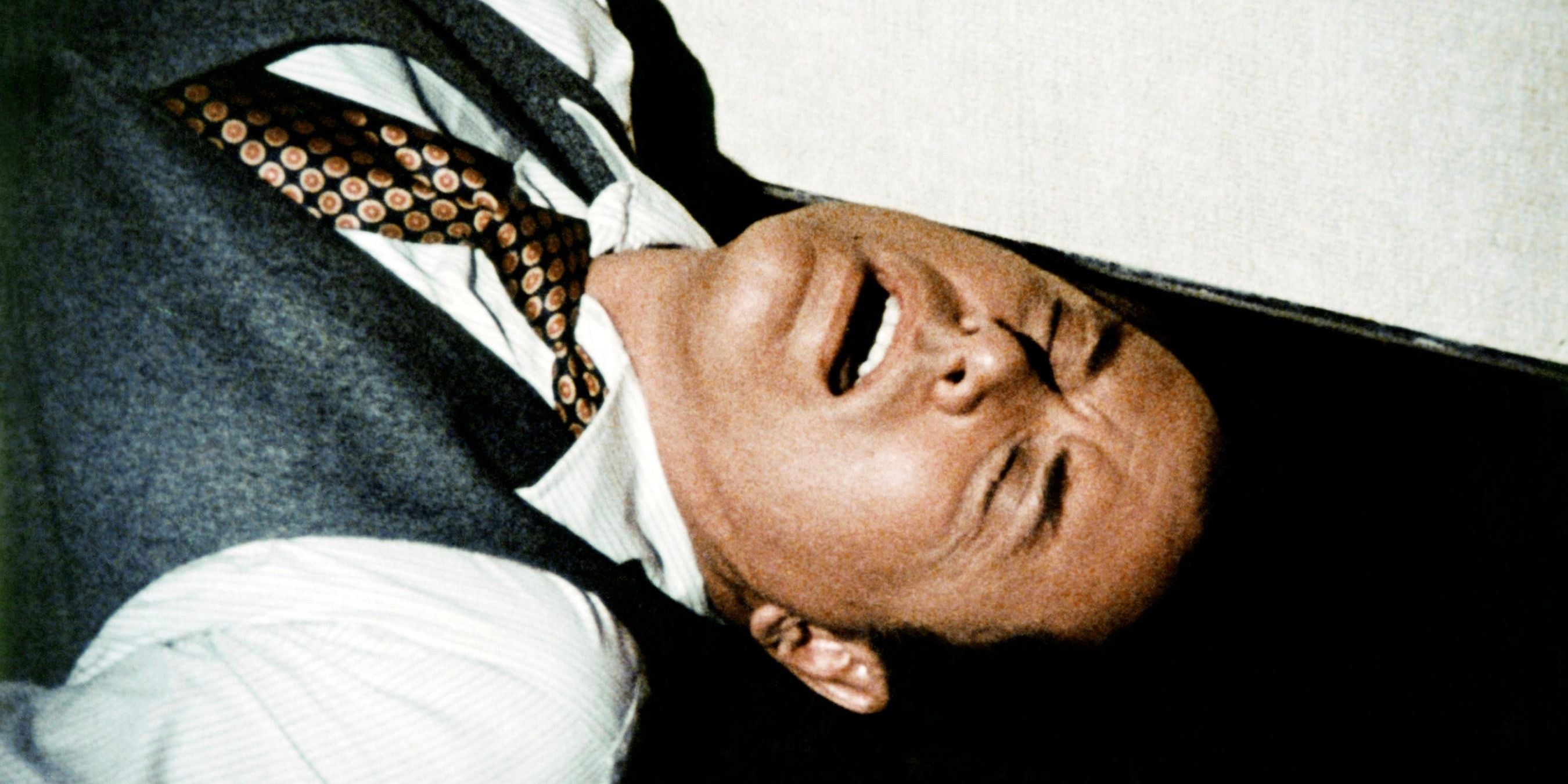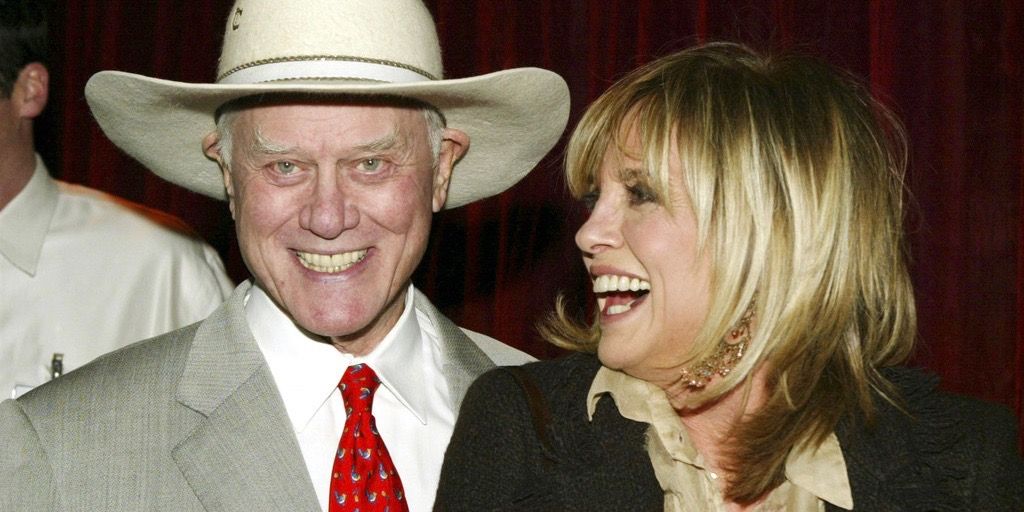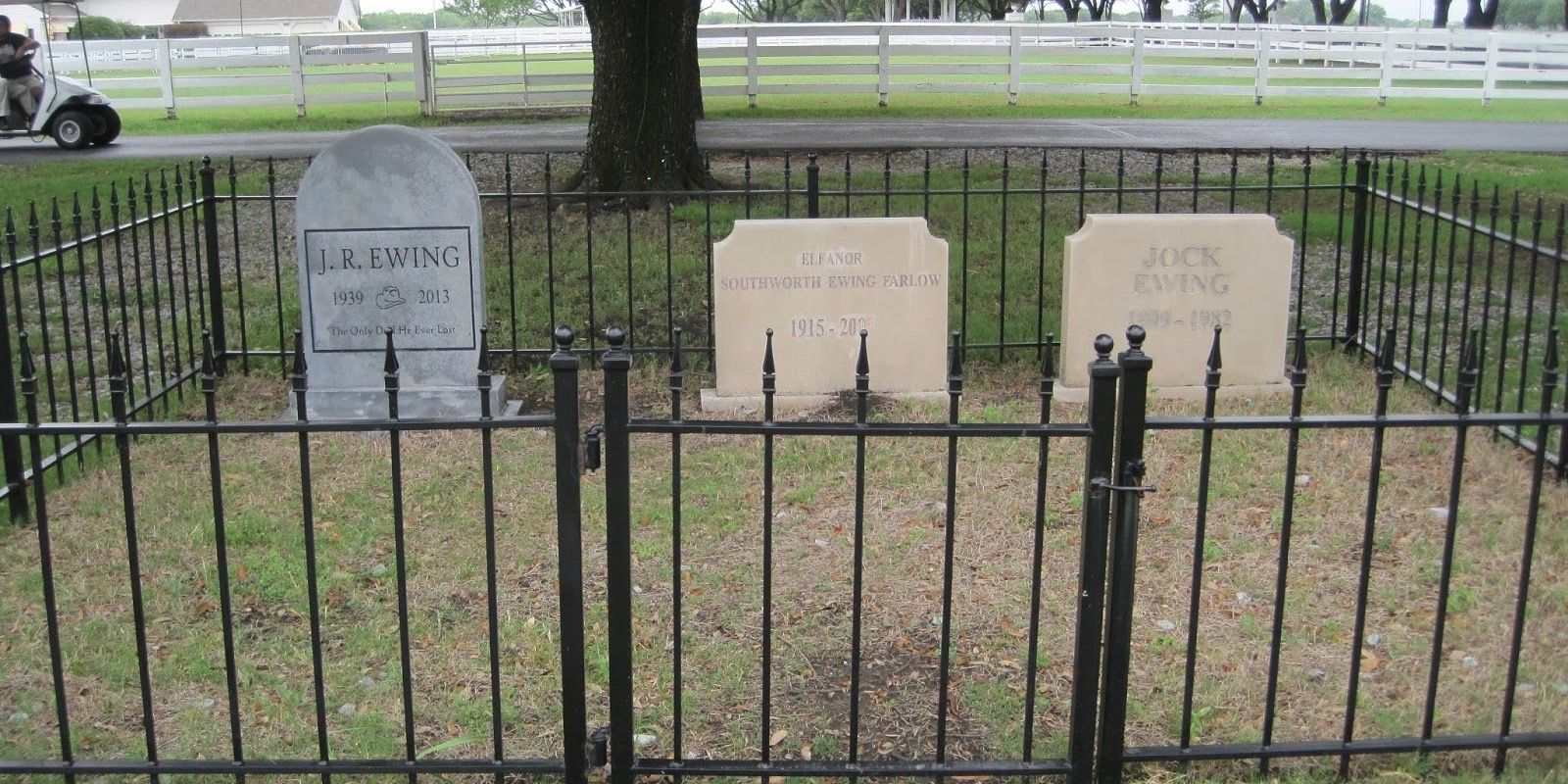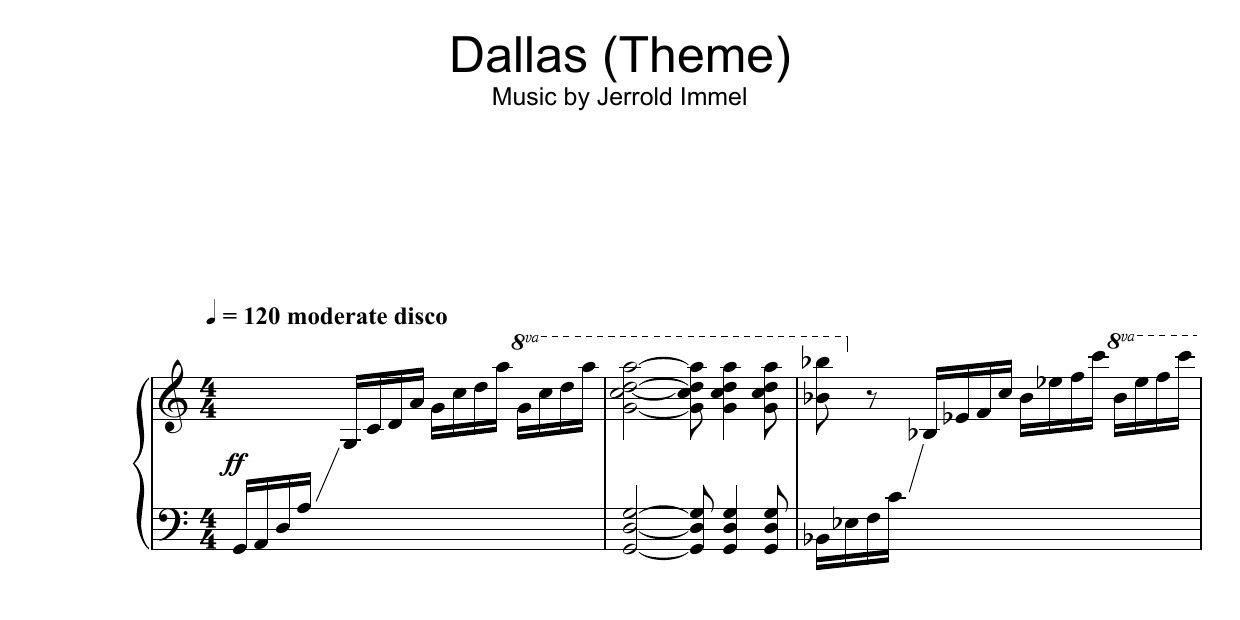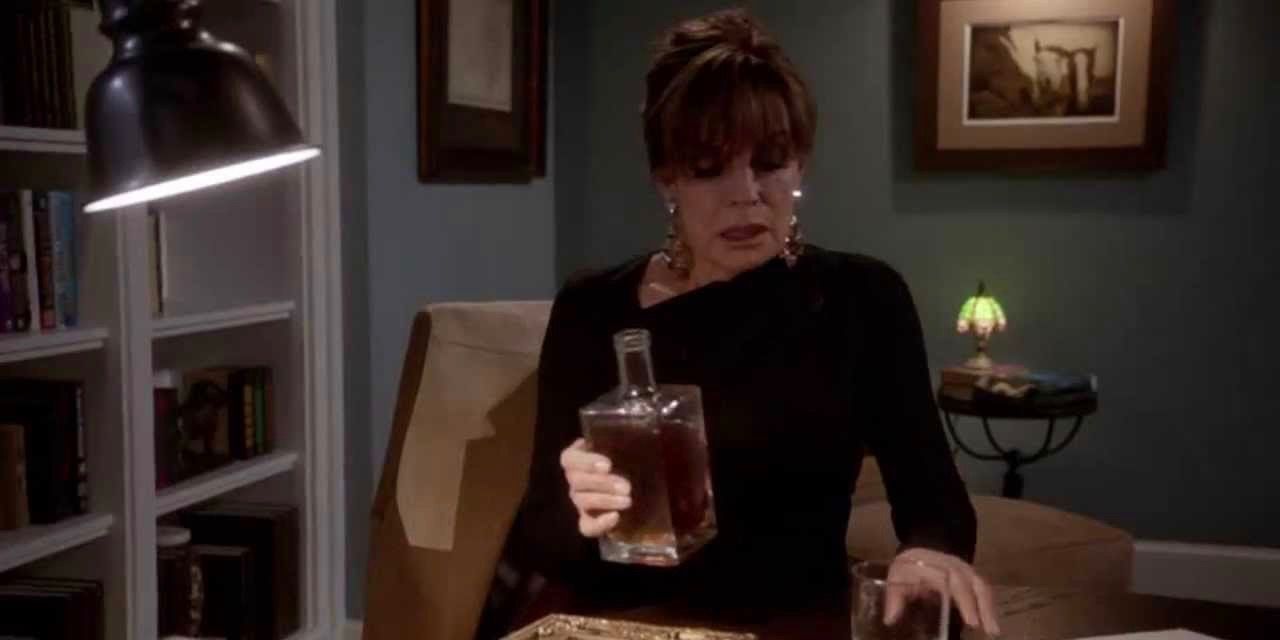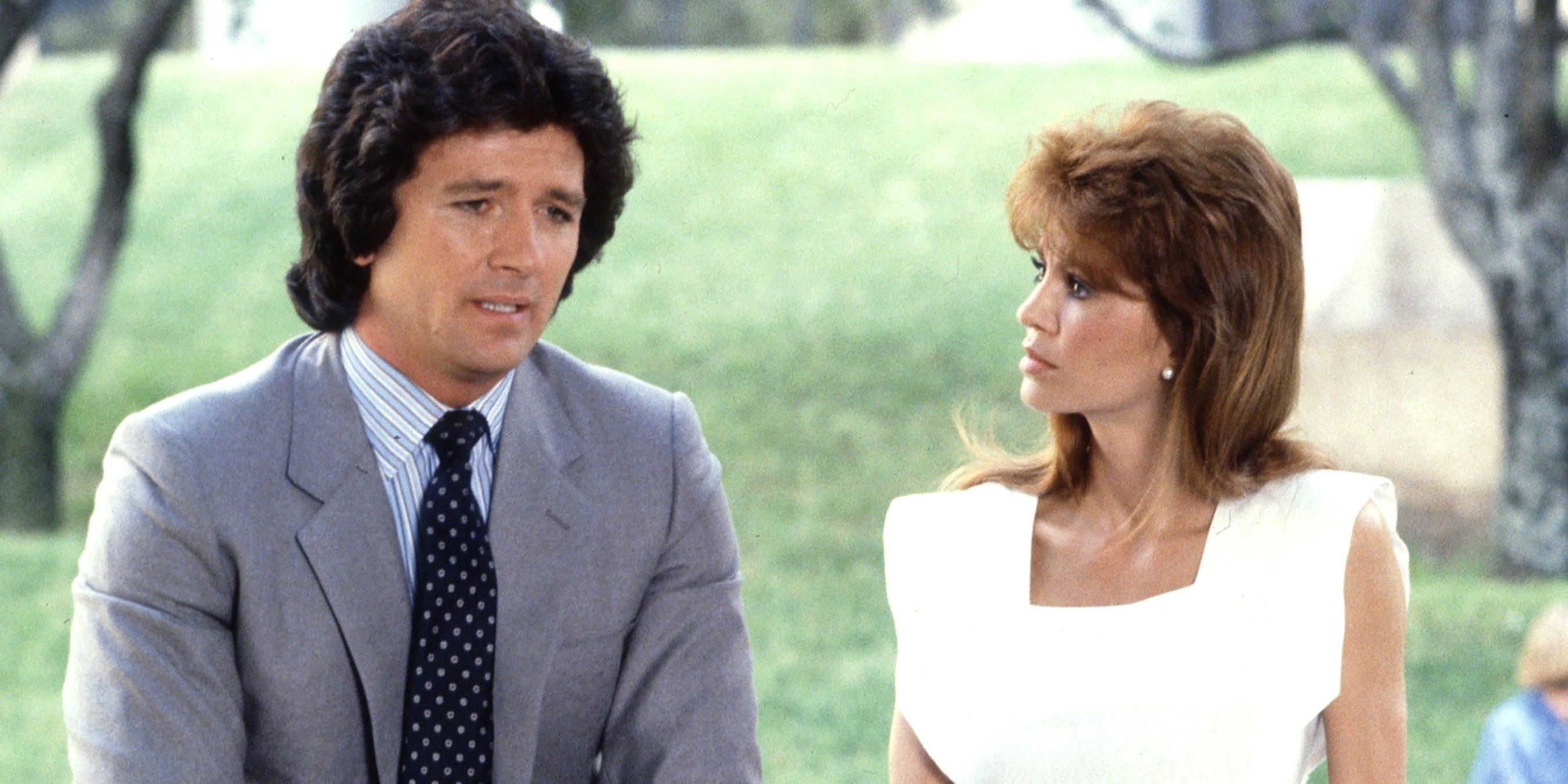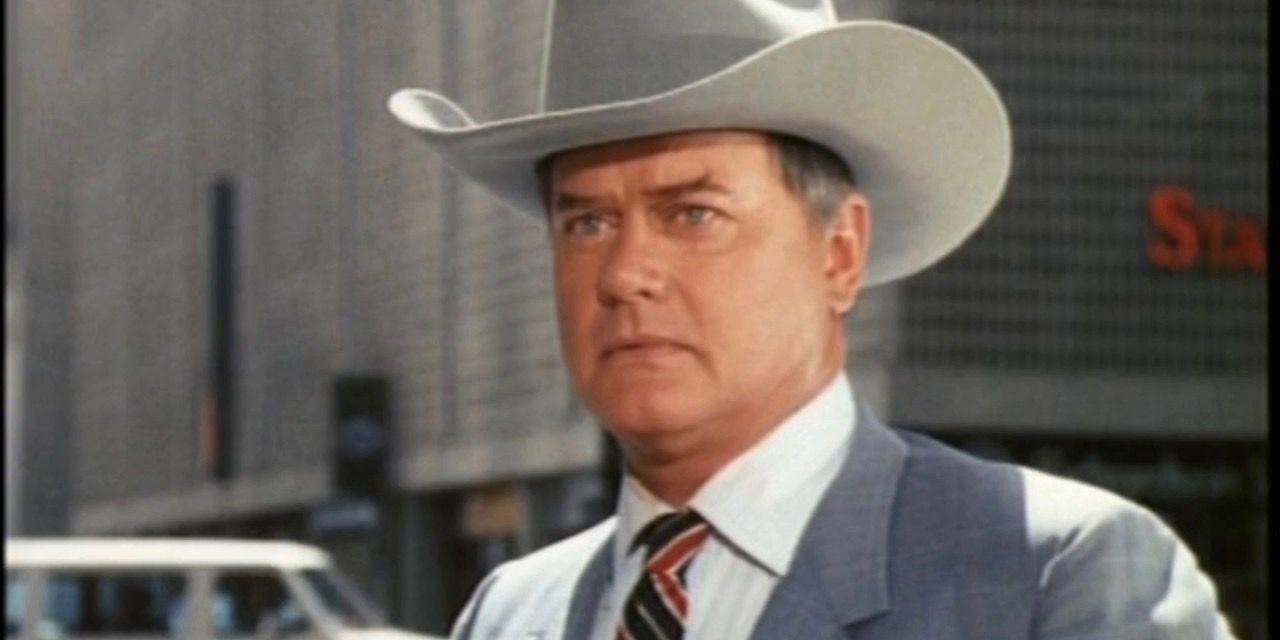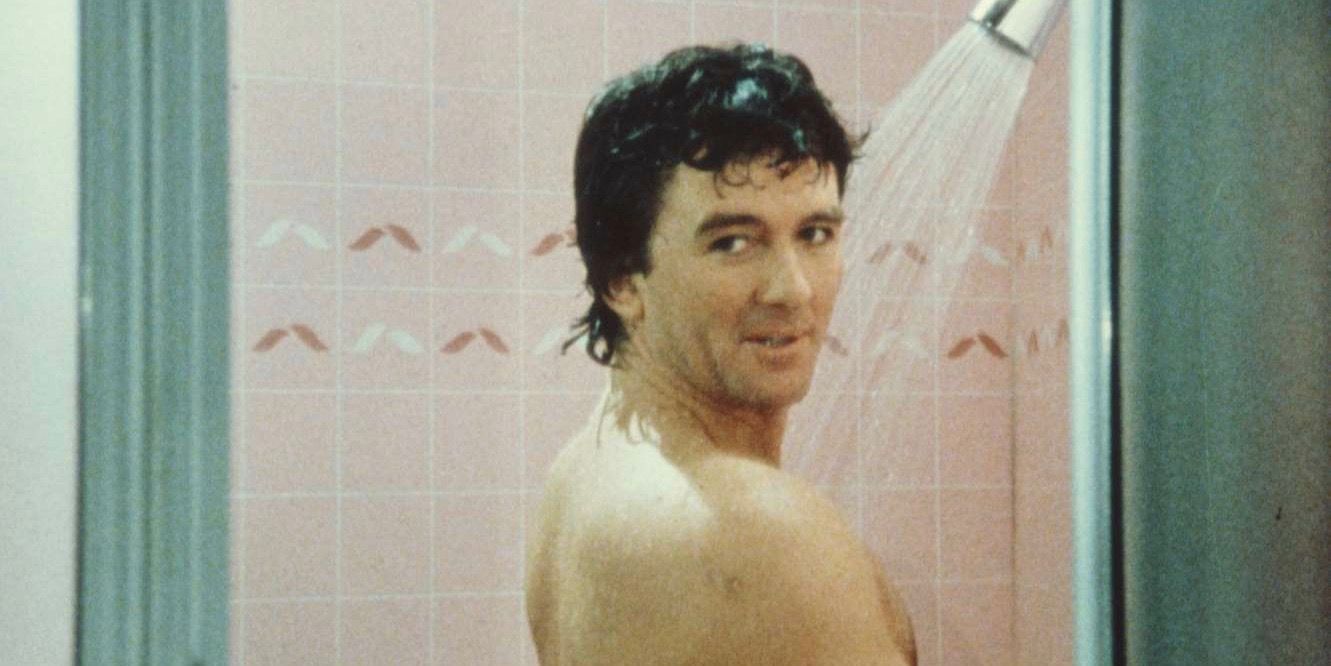Sometimes called America’s favorite TV show, Dallas is still an iconic series even though its original run ended in 1991. It centered around the wealthy and feuding oil family, the Ewings, who owned the famous Southfork Ranch. It ran for 367 episodes, one of the longest-lasting hour-long primetime dramas in US television history (just after Law & Order: SVU, Bonanza, Law & Order, and Gunsmoke).
The show’s renewal in 2012, which was a continuation of the original series rather than a reboot, spurred a new generation’s love for the dramatic antics of the Southern family. Here are 10 details you might not know from behind the scenes of Dallas.
Sue Ellen Ewing’s Run For Governor
In season 12 of Dallas, during the 2012 reboot, Sue Ellen ran for governor of Texas. She had gotten amassed a lot of power over the years and was able to draw on a lot of wealthy friends and donors to make a good run at the highest government position in the state.
However, they always knew Sue Ellen was never going to be Governor Ewing. They set up the bribes and dirty campaigning, so that there could be a reason she lost. Why? The producers told actress Linda Gray, “She can’t win, because the capital [sic] is in Austin and we don’t have enough money to fly you back and forth.”
J.R.’s Shooting Was a Power Play
When Dallas first began, J.R. was only meant to be a side character. However, his popularity grew and eventually the producers were forced to acknowledge that he was the real star of the show. However, the actor who portrayed J.R., Larry Hagman, was getting a bit big for his britches. Using his surprise popularity as leverage, he threatened to leave the show unless a bunch of his contractual demands were met.
Shooting J.R. gave the producers and the network an out. If Hagman couldn’t be brought to heel and a deal struck, they could always just let J.R. die on the TV show and fire the actor.
Linda Gray and Larry Hagman Got Along
There are always tales and rumors of leading men and leading women who are forced to act together hating each other in real life. (Ahem, Fifty Shades of Grey.) There are so many more tales of leads in a romantic movie actually falling in love, only to break up later—and break their fans’ hearts.
So it’s nice to know that Linda Gray and Larry Hagman were friends. Just friends. They had great chemistry, and Gray once described it as, “like playing tennis with somebody better then you. We would immediately click into J.R. and Sue Ellen, and let the games begin. I miss him.”
Grave Stones At Southfork Ranch
The iconic Southfork Ranch, not too far from the city of Dallas, is now a museum and event space. Tourists from around the world flock there to revel in the history of the show.
Of course, fans of Dallas have a long history of difficulty discerning fact from fiction. When J.R. was shot on the show in season 3, fans held a vigil on the lawn at Southfork, irritating the real family (not the Ewings) who lived there. Now, there are real gravestones near the mansion for Jock, J.R., and Miss Ellie, who all died on the show. The graves are (of course) empty, but people still go there to pay their respects.
About That Iconic Theme Song
Even if you’ve never watched Dallas, you’re probably familiar with the iconic theme song from the opening credits. (Sorry, but it’s probably going to be stuck in your head the rest of the day.) The theme song was written by one Jerrold Immel, a composer who is most famous for this theme song and for writing the theme song to Voyagers!.
But this is to deny him a lot of credit! Immel also scored every single episode of the original Dallas tv series, as well as the first two tv movies. After that, he went on to score Knots Landing, the Dallas spin-off. His breakout scoring credit was actually for Gunsmoke. He went on to work on The Twilight Zone, and created the season three theme for Walker, Texas Ranger.
The Show's Original Name
Creator David Jacobs always knew he wanted to set the show in Texas. The show was conceived of as a story following an oil family—Ewing Oil. When development executives over at Lorimar Television first read the story that Jacobs wrote, they liked it… except for one thing. In spite of the reality that Houston was an oil town and Dallas was more known for banking, Lorimar executive Michael Filerman changed David Jacobs's original name 'Houston' to the name to Dallas just because he thought it sounded better. Houston just doesn’t roll off the tongue quite the same way.
Obviously, Filerman was on to something because the show ended up becoming extremely popular and is still remembered in the city.
There Was A Lot Of Alcohol Involved
Patrick Duffy and Larry Hagman apparently rank around the clock while filming Dallas. Duffy said he would have a glass of champagne with Hagman early in the day, but then he would stop while Hagman just went on drinking. Duffy later admitted that he and Hagman would have a drink at lunch, then after shooting, then a bottle of wine during dinner, then a nightcap after that. No one thought of it as alcoholism, though.
Ironically, it was Linda Gray’s character Sue Ellen who alcoholism affected. The writers turned her into an alcoholic on the show. Gray eventually grew so tired of playing a woman who was drunk for nearly eight years straight that she left the show over it.
Victoria Principal Had Some Serious Storytelling Principles
Victoria Principal played Pamela Ewing, the love interest of young Bobby Ewing (played by Patrick Duffy). Their love story was like Romeo and Juliet—a classic tragedy, one for the ages. Part of what made it so big was Pamela's death in a tragic car accident, so when the producers tried to bring Victoria Principal back, she declined. She wanted to honor the story of their love by not doing a cheap stunt for her return. They offered her a lot of money, enough to make her the highest-paid female actress on television, but she turned it all down to honor the story.
That’s how Dallas returned with Margaret Michaels and the idea that Pamela Ewing had gone under extreme plastic surgery.
Hagman Thought J.R. Was A Good Guy
Obviously, J.R. Ewing wasn’t perfect. But Hagman told Ultimate Dallas that he thought the character was just a misunderstood guy. “J.R wasn’t that bad. He was a businessman, which is bad enough right away. But I don’t know. He took care of his family. I wouldn't call him bad; he was just an oil man,” Hagman insisted.
The most realistic villains are the ones who believe that they’re doing the right thing, so it’s probably good that Hagman believed J.R. was in the right. That’s how he played him so sympathetically and believably. But whether or not everyone else agrees is up for debate.
Carlyn Rosser Kicked Off “The Dream Season”
Like Victoria Principal, Patrick Duffy left the show to pursue a solo career. He quickly realized the error of his ways, so when the producers of Dallas invited him to come back, he actually accepted. But it was his wife, Carlyn Rosser, who paved the way for how Bobby Ewing could come back. She knew that they could only pull it off if the whole season was a dream.
Of course, viewers hated this. Bobby’s appearance in Pamela’s shower shocked and alienated just about everyone. The nickname “The Dream Season” is not a compliment—it’s a pejorative. The show lasted another five years after that though, so clearly fans forgave them.

